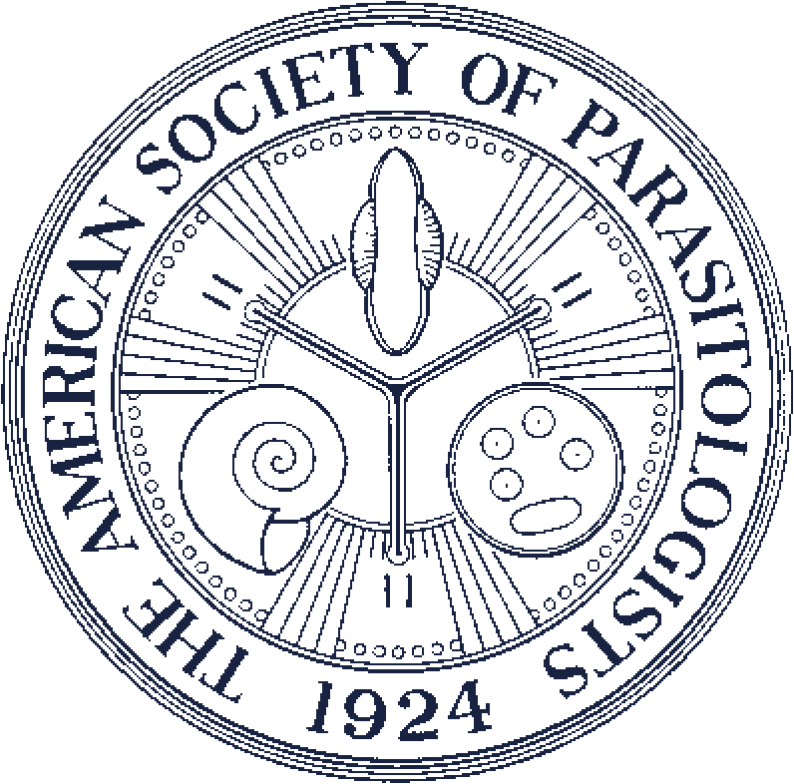THE PHENOLOGY OF TICKS AND TICK-BORNE PATHOGENS IN A UNIVERSITY GREEN ZONE IN GEORGIA, USA
ABSTRACT
We determined the seasonal distribution and abundance of ticks on a nature preserve and adjacent walkways of a university campus and evaluated their Rickettsiales carriage. Ticks were collected weekly by flagging or dragging 17 sites from June 2022 through May 2024, and environmental parameters were recorded. Ticks were identified according to species, sex, and life stage using standard keys. DNA was extracted, and a 12S tick mitochondrial DNA fragment was amplified and sequenced to verify tick identification. EvaGreen polymerase chain reaction (PCR) was used to test ticks for spotted fever group Rickettsia (SFGR) and Anaplasmataceae followed by amplification and sequencing of ompA and groEL fragments to identify the respective organisms detected. Diversity of Rickettsia and Ehrlichia was examined by analyzing sites with variable numbers of tandem repeats. Seven hundred sixty-eight ticks were collected, including 257 Amblyomma americanum Linnaeus (19.5% female, 21.8% male, and 58.8% nymphs), 461 Amblyomma sp. larvae, 45 Ixodes scapularis Say, and 5 Ixodes keiransi Beati, Nava, Venzal, and Guglielmone. Amblyomma americanum was collected from March through October, and I. scapularis was found from November through March. SFGR DNA was detected in 36.5% of ticks (66 A. americanum and 7 I. scapularis) and 69.9% of larval pools. Only Rickettsia amblyommatis was identified in Amblyomma ticks; I. scapularis contained Rickettsia buchneri. Eight Amblyomma ticks that tested PCR positive for Anaplasmataceae contained Ehrlichia chaffeensis (4 ticks), Ehrlichia ewingii (2), and Panola Mountain Ehrlichia sp. (2). Several variable-length PCR target (VLPT) variants of E. chaffeensis and plasmid gene tandem repeat variants of R. amblyommatis were detected in sympatric ticks collected from the study site. In conclusion, tick-borne rickettsiae found within small-scale green urban areas may pose risks of tick-borne infections for individuals using these places.

Summary of ticks collected during 2022–2024.

Detection of R. amblyommatis MCE_8365 gene fragment containing tandem repeats. M denotes 1 KbPlus DNA Ladder (Invitrogen); NTC, no template control; POS, positive control. Other labels correspond to individual tick DNA samples.

Spatial distribution of R. amblyommatis variants. The original map was derived from Google Maps (https://maps.google.com/). Each pie chart indicates the number of ticks testing PCR-positive for a particular type of MCE_8365 plasmid gene containing 2, 3, 4, or 5 81-bp tandem repeats identified by different shades and patterns. Color version available online.
Contributor Notes
